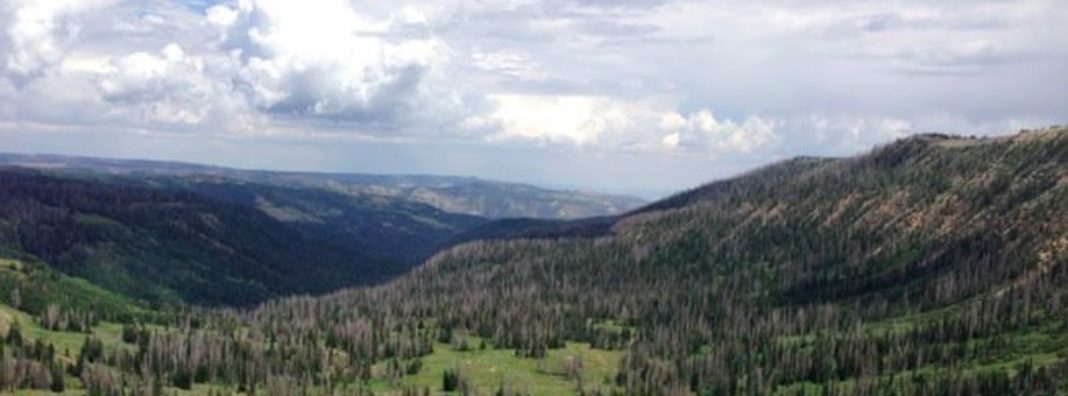
With springtime quickly approaching, many families are preparing for summer road trips to America’s national parks. But instead of wide-open spaces, visitors may be greeted with long lines, full campgrounds and nowhere to park.
Outside of California’s Joshua Tree National Park, the line just to get in can stretch for 1.5 miles through the desert. Last year, visitors to Utah’s Zion National Park had to wait in line for two hours before beginning the popular hike to Angels Landing over Memorial Day Weekend. The good news is that Congress is currently working to address the problem by dedicating more funding to parks.
In 2019, over 327 million people visited the national park system, with many parks setting all-time records. Although visitation has been increasing for decades, placing a growing strain on park infrastructure, funding has not kept pace.
As a result, the National Park Service now has a maintenance backlog of nearly $12 billion. That means that roads, bridges, restrooms and trails in some of our most treasured parks have fallen into disrepair, creating real environmental damage and leaving many visitors disappointed.
Few things enjoy as much bipartisan support as our national parks, and high visitation levels each year are a testament to that. Why, then, have maintenance needs gone unmet for so long?
One reason may be that creating a new national park is more politically popular than funding routine maintenance on restrooms or roads. Surging visitation combined with aging facilities and limited funding have all contributed to the problem, as well, keeping the backlog between $11 billion and $12 billion since 2010.
The National Park Service estimated that in 2018, more than 5,690 miles of paved roads, 21,000 miles of trails and 25,000 buildings were in need of repair. Our national parks, and those who visit them each year, deserve better than disrepair.
The bill currently before Congress would fully fund the Land and Water Conservation Fund, which provides revenue from offshore oil and gas leases for conservation. The bill would also set aside $1.3 billion per year to help clear the maintenance backlog in national parks. These funding proposals are a step in the right direction that would dedicate resources to caring for existing lands before acquiring new ones.
Congress created the LWCF in 1964 to raise money for the acquisition of important natural landscapes. Throughout its history, the fund has primarily been used to acquire additional federal lands, although smaller amounts have also been dedicated to state grants and infrastructure projects, including maintenance. In new research from the Center for Growth and Opportunity, I explore how setting aside part of the LWCF’s funds could help address the growing maintenance backlog so that existing public lands are properly cared for.
The LWCF raises about $900 million per year from oil and gas leases on the Outer Continental Shelf. Since the fund was created, however, it has been fully funded only once. Most years, much less than that has been appropriated to the LWCF.
Instead, the remaining money has gone into the Treasury and been diverted to other uses. Fully funding the LWCF and setting aside a portion of its funding can help repair restrooms, trails and roads to accommodate the ever-growing number of visitors to national parks.
Another law, the Federal Land Transaction Facilitation Act, was enacted to exchange low-conservation federal lands for areas with higher conservation value. When federal lands are sold, that funding is then used to purchase lands with higher conservation value. Just as it is considering with the Land and Water Conservation Fund, Congress could amend this act to dedicate some of its funding toward desperately needed maintenance on existing lands.
If left unaddressed, the maintenance backlog will continue to have real consequences for our treasured national parks. Overcrowding and a lack of sufficient facilities in parks across the country are already leading to environmental damage and threatening visitor safety.
Fully funding the LWCF and setting aside a portion of its funding is a promising step toward addressing the maintenance backlog. Although no one option will entirely solve the problem, policy changes such as this one can help ensure our national parks are preserved for future generations to enjoy.


 Morning Consult
Morning Consult